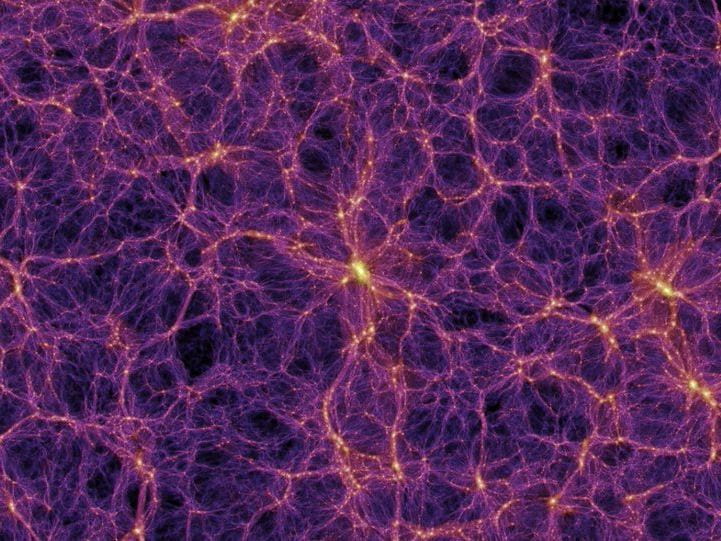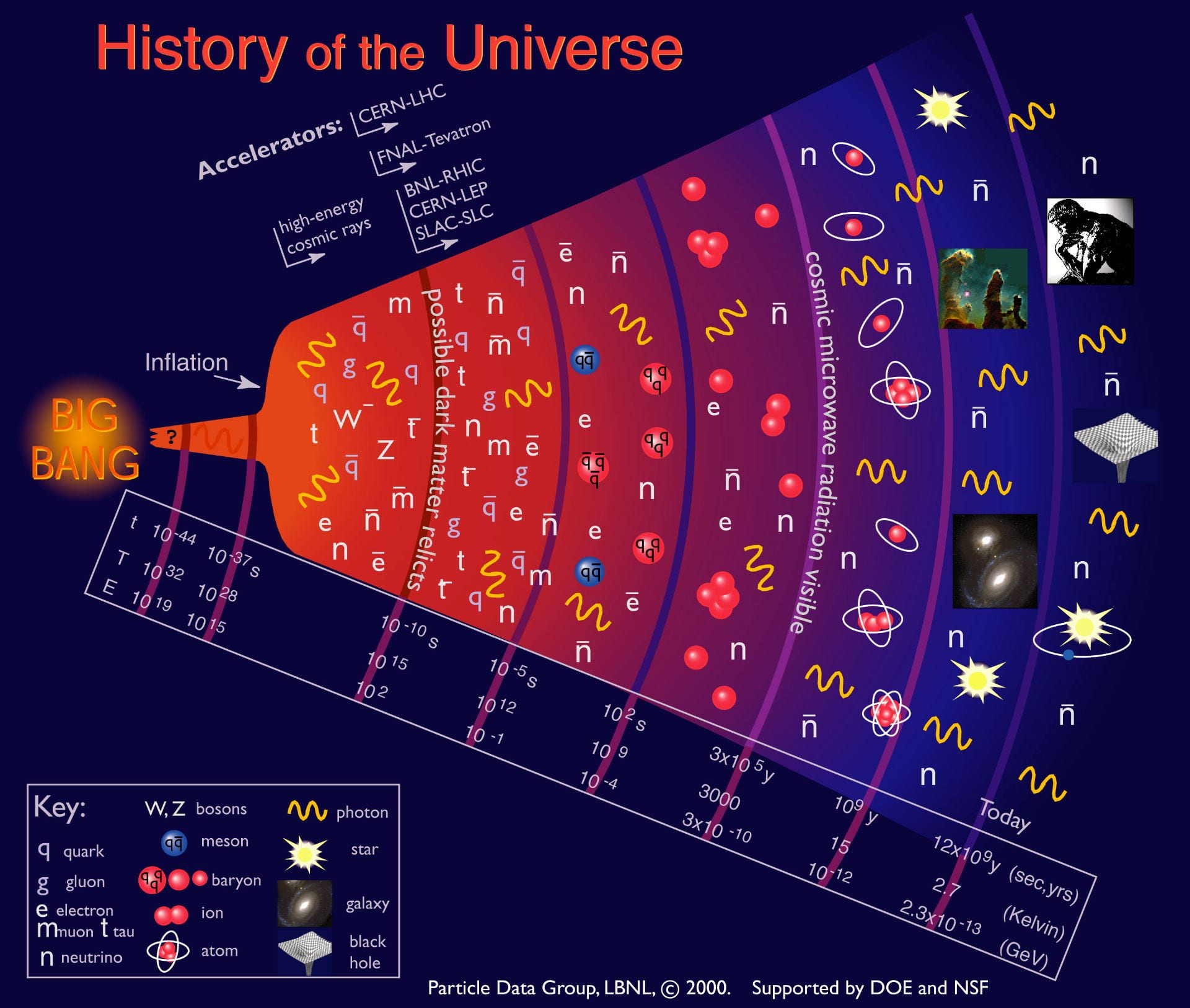Research
What are the fundamental building blocks of which the Universe is made and what are the laws of Nature which govern them? Understanding Universe at the most basic level is the ultimate goal of my research. As a theoretical physicist working at the intersection of particle physics and astrophysics, I use clues from particle physics experiments, astrophysical observations, and beyond, to understand the fundamental interactions and matter of the subnuclear world. Topics of particular interest include:
– Dark Matter
– Neutrino Physics
– Matter-antimatter asymmetries
Read about these topics here:
Pursuit article: Dark Matter might be ‘Light’
Cosmos article: Searching for the neutrino floor: Why matter matters
Pursuit article: Using Neutron Stars to Detect Dark Matter
APS Physics magazine: Theorists React to Potential Signal in Dark Matter Detector
For more information see:
ARC Centre of Excellence for Dark Matter Particle Physics
ARC Centre of Excellence for Particle Physics at the Terascale
U. Melbourne Particle Theory Group
A full publication list is available on INSPIRE or Google Scholar.
Dark Matter

The cosmic web. Image credit: V. Springel, Max-Planck-Institute for Astrophysics.
Most of the matter in the Universe consists of dark, unknown particles, and is the strongest direct evidence that our knowledge of elementary particle physics is incomplete. The quest to identify this cosmological dark matter is one of the foremost goals of modern science.
My research looks for clues using high energy particle collider experiments, underground direct detection experiments, or astrophysical signals from regions of high dark matter density such as the Galactic centre. Ultimately, we aim to develop the theoretical framework to describe dark matter particles and their interactions, incorporating dark matter into a new fundamental theory of Nature.
Neutrino Physics

The Super-Kamiokande neutrino detector. Image credit: Getty Images.
Neutrinos are the least understood of the known elementary particles. Yet they hold the key to some of the most fundamental open questions in physics. Chief among the open questions is whether the neutrino is its own antiparticle, and whether they are responsible for the creation of the matter-antimatter asymmetry of the Universe. Neutrinos are produced in copious amounts by nuclear fusion processes in the Sun, and serve as unique cosmic messengers from astrophysical systems such as supernova and from the Universe itself. They also contribute a background signal in dark matter detectors, the so-called “neutrino-floor”. My research aims to investigate the fundamental particle properties of neutrinos, and use neutrinos to probe astrophysics.
New particles and interactions


Image Credit: Particle Data Group. Particle Collisions. Image Credit: Lucas Taylor/CMS.
There are a number of clues that the so-called Standard Model of particle physics is incomplete. For example, in addition to open questions about dark matter and neutrinos, new particles and interactions are required to explain the cosmological matter-antimatter asymmetry. These new particles could take a variety of forms, e.g., additional Higgs bosons or extra, heavy, neutrinos. In order to find these new particles, we typically need to access high energy scales, either by accelerating particles in collider experiments, or studying the physics of the early universe (i.e., the big bang). By combining such clues, we aim to develop a more complete understanding of the Universe at the most fundamental level.